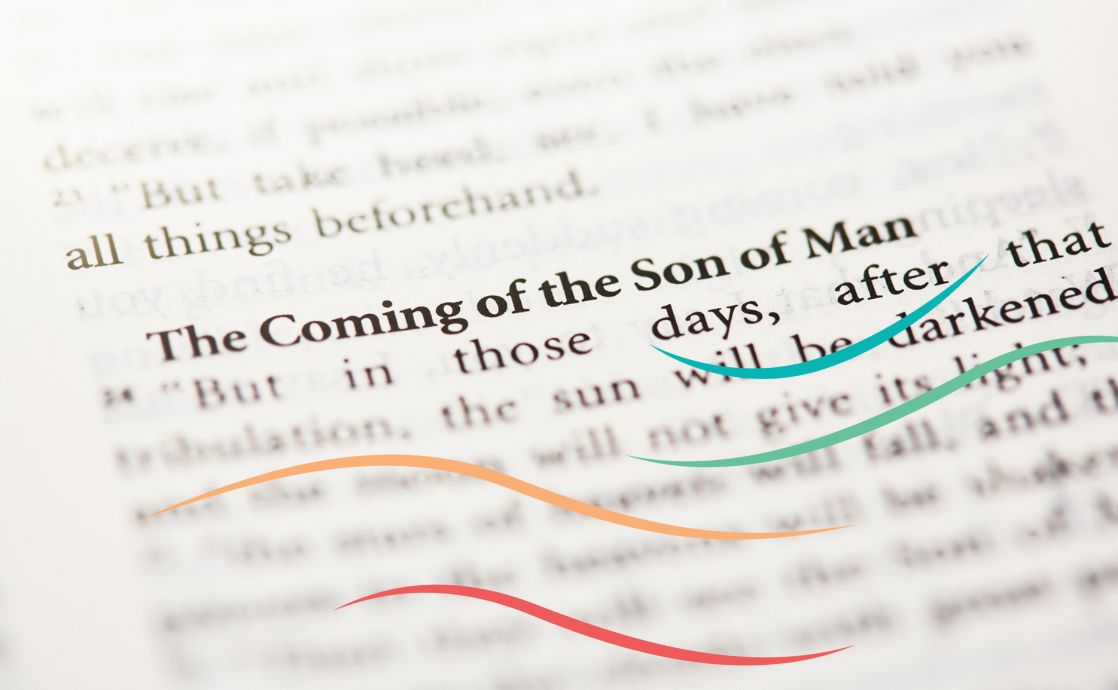The exploration of the concept of the Return of Christ within the Bahá’í Faith presents an intriguing opportunity to examine the interplay between traditional religious beliefs and contemporary spiritual insights. Central to this discourse is whether the Return signifies an incarnation of divine presence or a manifestation of spiritual potential in humanity. This inquiry not only encourages a profound shift in perspective but also invites deeper scrutiny into the nature of divine revelation itself.
The Bahá’í Faith, founded by Bahá’u’lláh in the 19th century, posits that all major world religions derive from a singular divine source and are united in their ultimate purpose: the spiritual development of humanity. This foundational principle serves as a backdrop for understanding the Return of Christ as articulated within Bahá’í teachings. It challenges adherents to transcend conventional interpretations rooted in literalism, often prevalent in traditional Christian thought, and instead embrace a more nuanced comprehension of divine interaction with the world.
At the heart of this discussion lies the distinction between incarnation and manifestation. Incarnation, often associated with the Christological doctrine in Christianity, implies that the divine took on a physical form in the person of Jesus of Nazareth. This notion emphasizes a singular, historical act of divine descent where God became man, with a focus on physical embodiment. In contrast, the Bahá’í perspective suggests that what is experienced as the ‘Return of Christ’ is not limited to a specific individual but rather represents a broader manifestation of God’s will through divinely appointed figures. This principle introduces a multilayered understanding of how divine presence can be felt and realized in the world.
Consideration of the term “manifestation” in the Bahá’í context becomes critical. It refers to individuals who reflect divine attributes and serve as intermediaries between God and humanity. For Bahá’ís, Jesus Christ is seen as one of the many manifestations of God, with Bahá’u’lláh himself being the latest in this line of divine educators. This succession of Prophets illustrates a historical continuity wherein each religious figure unveils aspects of God’s nature progressively. The Bahá’í teachings evoke the imagery of a divine tapestry, woven through time, each thread representing a unique yet interconnected pathway to understanding the divine purpose.
This conceptual framework radically alters the believer’s understanding of prophecy and fulfillment. Bahá’ís argue that the promises made by Jesus regarding His return are not restricted to an eschatological event but can be interpreted as a continuous unfolding of divine guidance through successive manifestations. This perspective encourages individuals to remain vigilant and open to the signs of the times, fostering an atmosphere of anticipation rather than stagnation. The focus shifts from waiting for a singular event to recognizing ongoing revelations that challenge and inspire the spiritual evolution of humanity.
Furthermore, the implications of this belief extend to the socio-political realm. The expectation of a messianic return often leads to apocalyptic fervor, which may engender division or conflict. In contrast, the Bahá’í teachings advocate for unity among diverse faiths, emphasizing that the manifestations of God have consistently called for justice, peace, and the enhancement of the human condition. Thus, the Return is viewed not simply as a return to the past but as a harbinger of a new era in human development where interfaith dialogue and collaboration are paramount. This shift in perspective invites believers to actively participate in the creation of a just and harmonious global society, reflective of the divine qualities imparted through religious teachings.
Moreover, the Bahá’í narrative encourages an internalized reflection on personal growth and the realization of one’s potential to embody divine attributes. Each individual is seen as capable of manifesting the qualities associated with the divine—love, compassion, justice, and forgiveness. Just as historic religious figures acted as channels for divine intervention, so too can modern individuals serve as exemplars of transformative potential. This self-empowerment draws attention away from external waiting and redirects it towards internal cultivation, prompting an active contribution to one’s community and the world at large.
The contemplative approach promoted by Bahá’í teachings asks adherents to reflect on their beliefs about the divine and the nature of religious truth. It invites questions: What if the Return of Christ is less about a historical occurrence and more about an ongoing spiritual evolution? How do we interpret our spiritual experiences and find meaning in them? This framework not only lends itself to theological exploration but also encourages personal introspection, ultimately fostering spiritual resilience and adaptability in an ever-changing world.
In conclusion, the Bahá’í perspective on the Return of Christ as a manifestation rather than an incarnation unveils a profound re-examination of spirituality and humanity’s collective journey. It shifts the focus from waiting for a singular, dramatic return to recognizing and embracing the continuous divine guidance that flows through the ages. By enhancing the understanding of divine manifestations, individuals are prompted to become active participants in their spiritual journeys and agents of change in a world thirsting for unity and understanding. This transformative perspective reignites curiosity and inspires seekers of truth to explore the infinite depths of divine revelation, inviting all to partake in the ongoing legacy of spiritual enlightenment.
